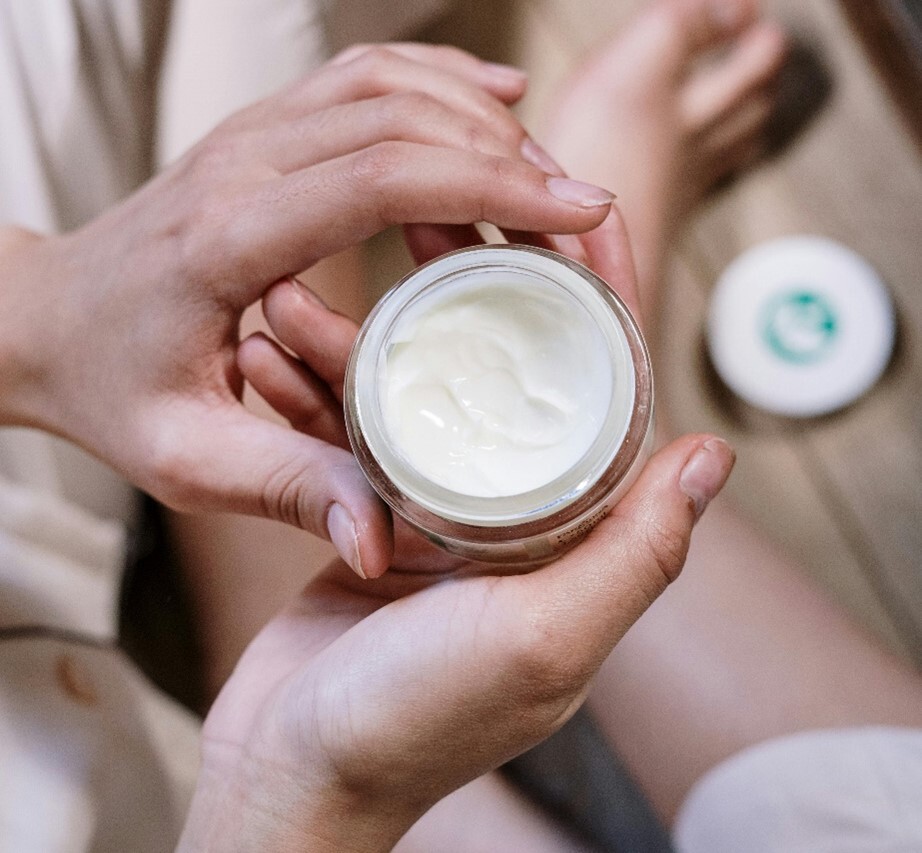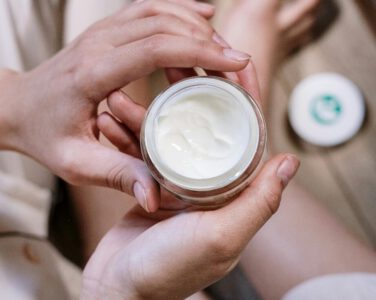INTRODUCTION
The “period after opening” is the minimum time after opening a cosmetic product during which it can be used without risk to the consumer. It is known by the abbreviation PAO (period after opening). Commission Directive 2003/80/EC of 5 September 2003, in its Article 6, paragraph 1, point c), establishes the symbol indicating the period of use after opening (PAO) of cosmetic products. The inclusion of this symbol on the labeling of cosmetics came into force on March 11, 2005, and is mandatory for cosmetics with a minimum shelf life of more than 30 months.
HOW TO CALCULATE THE PAO OF A COSMETIC?
Product stability studies (chemical, microbiological, formula/package compatibility, etc.) are usually sufficient to determine the PAO appropriately. Of these, the determining factor is microbiological stability since the risk of contamination is related to physical contact between the user and the product. For example, products with high alcohol content, such as perfumes, are not susceptible to bacterial growth, so the indication of the PAO on the container is not necessary. Likewise, pressurized (aerosol) or airless products, single-dose products, and in general products that are not sensitive to contamination (anhydrous products, products with extreme pH, etc.), do not need to indicate PAO on their packaging.
In addition to stability, other factors that must be taken into account to establish the PAO are:
- Cosmetic packaging. The type of packaging clearly influences the risk of contamination in the cosmetic. For example, single-dose or pressure-sealed containers prevent repeated contact of the consumer’s fingers with the product.
- Mode of use. Consideration should be given to the number of times it is to be used, the area of application (for example, if the cosmetic is intended for the eye area), if they are rinse-off products, if the cosmetic is shared with more users (“family” products), etc.
- Container capacity.
- Environmental conditions of application and storage. For example, solar products are exposed to more severe temperature, light and humidity conditions than other cosmetics.
- Other. Experience of the formulator with similar products.
HOW DOES THE PAO SYMBOL APPEAR ON THE LABEL?
The “period after opening” is indicated by the symbol of an open jar of cream.

Some considerations to take into account when indicating the PAO in the labeling:
- The use-by period is expressed in months or years, inside or next to the symbol. The cosmetic industry has unanimously opted for the inclusion of the period of use within the symbol.
- Although the PAO can appear on the package in months or years, the industry has followed the criterion of indicating this date in months. The purpose of this measure is to avoid consumer confusion.
- When the PAO is expressed in months, it can be indicated by a number followed by the full word “months” or the abbreviation “M”, which is the initial of the Latin name: menses. Cosmetic manufacturers have coincided in opting for the abbreviation “M”, probably to avoid the need to translate and print the word “months” into the different EU languages when the cosmetic is marketed outside our borders.
- For the sake of simplicity, it is recommended that for PAO older than 12 months, the number should be rounded down to the nearest multiple of 3. As an example, for a 13-month PAO, the label should show 12 M; for a 20-month PAO, the PAO on the package should be 18 M, etc.
- The PAO symbol should be large enough to be legible.
- The “period after opening” is included on the primary and secondary packaging, i.e., on the container and its case if it has one.
Discover the 4 key steps to register a cosmetic product sucessfully in our ebook. Download it for free here!


